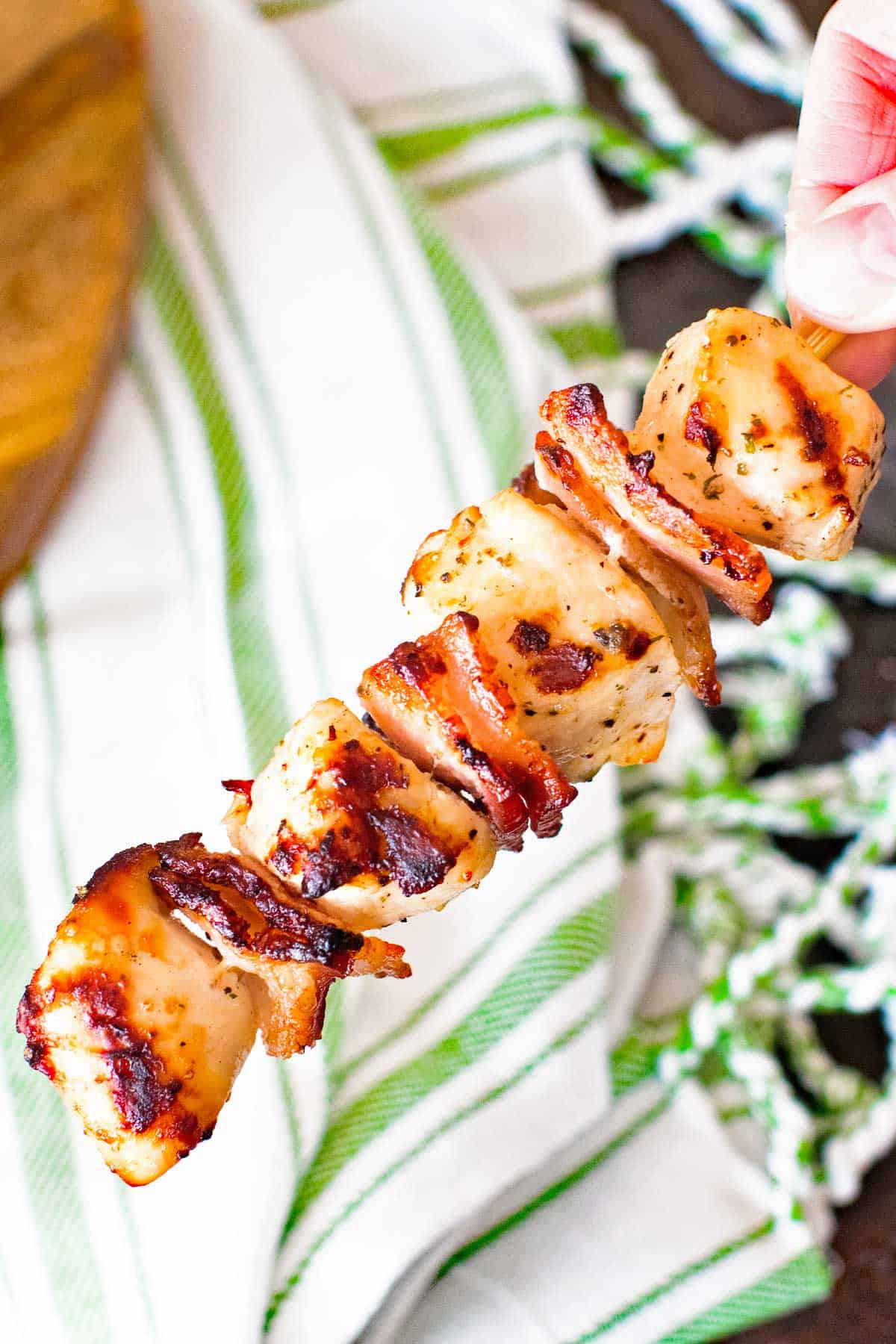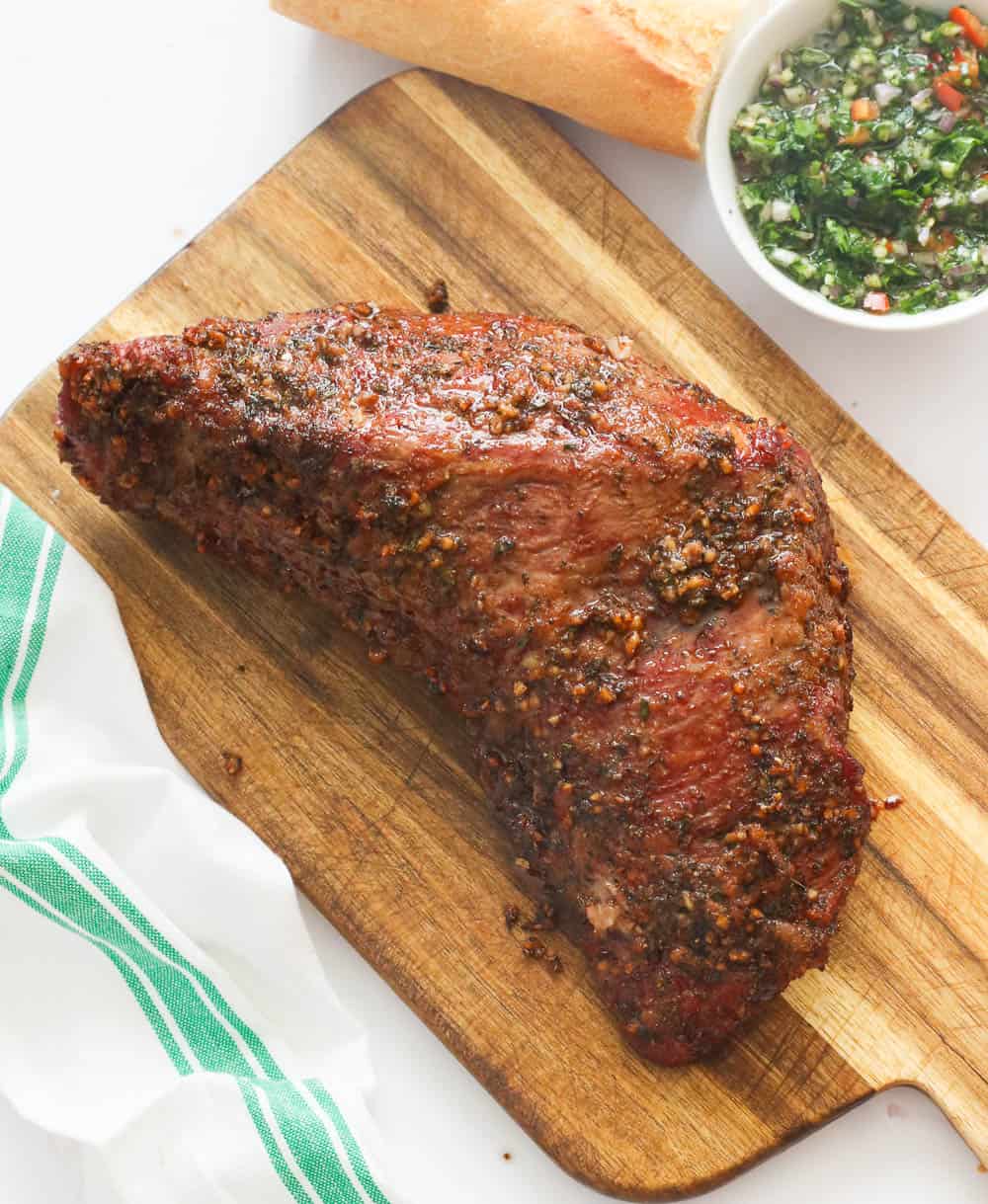
Cook food directly on the coals to achieve maximum heat. A charcoal grill with wide open vents will produce a higher heat. If your flames burn brightly, it means that there is sufficient oxygen. If your flames are low, there is not enough oxygen. If you find that your food is being cooked too fast, it is time to close the vents. The higher the flames, the higher the heat. You are burning too much charcoal if the flames are too low.
Ventilation
You may have encountered an intake vent when cooking on a charcoal barbecue. This device is used to provide oxygen to the combustibles. This is where the grill gets its "fuel". The grill's "fuel" is the amount of oxygen that can be emitted from the vent. The oxygen rate can be controlled to control the temperature of the grill.
The charcoal grill's intake vent can be used to regulate the temperature. You will see two arrow marks at the vent. If the arrows point half-open, it is the vent. The top lid holds the exhaust dampers as well as oxygen. You can control the temperature of the fire by closing or opening the lids. In other words, the wider the vent is, the hotter the fire will be.
The vents on the charcoal grill should be opened as much as possible. The vents can be left open and result in charcoal that burns hotter and quicker. Shutting the vents can lower the internal temperature and reduce smoke. The top vent should be closed and the bottom one should be open. You should only open the bottom vent slightly if there is too much smoke during cooking. You can always close the bottom vent completely or halfway if it doesn’t.
Another component to look at is the outtake valve. Unlike the intake vent, the outtake vent pulls in oxygen from the air. Properly venting charcoal and wood fires will prevent them from smothering the fire. To ensure the correct temperature, adjust the intake vent before you start cooking. Start with the intake vent, and move up from there if you are a beginner.
Exhaust vent
The exhaust vent on a charcoal charcoal grill controls how much oxygen is allowed to enter. When the vent is partially or fully open, more oxygen will enter the cooking area, which will result in a hotter fire. If the vent is closed, however, less oxygen will enter the cooking area, which will starve the fire of oxygen and lead to a smaller flame. There are many factors that must be taken into account when controlling the exhaust vent.
The exhaust vent on a charcoal grill is designed to equalize the oxygen in the bottom chamber and the amount in the top chamber. Having control of these two fuels is key to cooking the perfect burger. The charcoal grill exhaust vents are sometimes called dampers. They do not allow heat to escape, but instead control the temperature. The vent's proper use can enhance the flavor of your food, and help to keep it tender and juicy.
The exhaust vent is the most important part of a charcoal grill. You should heat the charcoal directly on the coals to extract the maximum heat. However, if you want to control the temperature, you can use the 2-zone method. The 2-zone method allows for food to be moved around by being cooked in sections. If you don't have time to move the food from one zone to another, the top vent can be opened to help regulate the flame.
The intake damper, which is the second piece of a charcoal grill's exhaust vent, is located at the bottom. This vent is located in the bottom of the charcoal grill. Open the vent to reduce oxygen consumption for wood and charcoal. The intake damper is normally located at the bottom. When the vent is open, the fire can reach temperatures higher than the other. You can also heat the fire faster and cook more food by removing the lid.
Breathing damper

Charcoal grills let air in through an intake port. As heat rises, oxygen enters the grill. An properly functioning charcoal grill intake diaphragm opens the grill's airways. Open the intake damper to allow more oxygen into your grill. A closed vent will restrict oxygen. Too much air can make coals too hot and cause food to burn. The coals will die if the damper is closed.
Vents or dampers are often called intake or exhaust vents. But they are exactly the same thing. A charcoal grill's lower section has an intake damper, and the top has an exhaust vent. An exhaust vent and an intake damper are placed on the charcoal grill to draw in oxygen. Keeping them open will allow you to cook your food at the right temperature. The charcoal grill will produce more heat than it can handle if it's hot.
You can adjust the temperature of the charcoal grill intake damper to increase or reduce it. The vents are more open, which allows more oxygen to enter. Grills that have less air will be cooler. Most charcoal grills have two dampers, one on the lid and another in the bottom bowl. The damper is important to the overall temperature of the charcoal grill, so keep it open for optimal smoke flavor. Remember that it can take between 10-20 minutes for the charcoal grill intake damper to settle.
The charcoal grill intake damper prevents the fire spreading beyond control. Without a lid, the charcoal is in a volatile state and will burn until it is reduced to ashes. The best way to set up a charcoal grill is by closing the vents. They prevent drafts, smother fires and regulate the temperature. This is also called a "fire triangle", and it is used to control the temperature of the grill.
While it is still warm, wash the grill grates.
It's easier to clean your grill grates while they're still warm than to use harsh chemicals or metal tools. First, wash your grill grates with a solution of 2 cups vinegar and 1 cup baking soda. After letting the mixture sit for approximately an hour, scrub the grates well with a steel wool pad or a scouring mat. This method is safer, more efficient than other chemical solutions, and better.
After each cooking session, clean the grates of your grill. You can remove any food from the grill grates that has become brown by using a stainless-steel brush. To remove any food that has been burned, you can either use a separate scraper OR the built in scraper. Take out any brush bristles that are loose. After you have cleaned and dried the grates, rinse them thoroughly.
Cast-iron grates must be washed using soap and water. Grates may lose their nonstick qualities if there is a lot of grease. You must clean them well if you want them to remain in good condition. This is also true for porcelain grill grates. They should be washed with soap and water. Instead of using a cleaner, you can use vegetable oils to prevent rust.
Aluminum foil can also be used to clean the grill grates. Crumple up the aluminum foil into a circle that you can handle with tongs. You can remove food from the grill grates by using a brush. Be sure to let the grill cool before you wipe it down. This will make sure that your grill is clean. You can also leave a charcoal grill on for a few more minutes.
Checking the vents

The vents in a charcoal grill control both the oxygen levels and temperature. How to use the vents properly will make charcoal grilling easier. This will allow you to better control the temperature and taste of your food. To prevent a flame, close all ventilations. Allow the grill to cool completely before you store it.
If there has been heavy rain recently, it is common for the charcoal grill's lids to rust. This can stop the grill's ventilation from being opened and allow for oxygen to get in. This can lead to semi-cooked meals or semi-burnt carbon. Charcoal grills' vents are vital for their proper functioning. You can prevent them from becoming damaged and make your cooking experience even more enjoyable.
A vent is responsible for controlling the oxygen levels in the grill. If you cook in winter, when there is less oxygen, the bottom vent becomes more important. This will ensure that your food cooks faster. A vent's purpose is to regulate temperature. If it stops working, you can try an aluminum plate with the same effect. It won't alter the temperature as much, but it will help you cook more food.
The exhaust damper is also known as the top vent. It is crucial to use the damper correctly when charcoal grilling. It should not be closed too tightly, as it will cause the fire to heat too quickly and produce too much smoke. The proper settings are crucial to achieve the desired smoke flavor. The vent damper must be adjusted in accordance with the type and preparation of your food. You should also take into consideration the type of charcoal grill you're using.
FAQ
How much does it cost to go to culinary school?
The cost of a culinary school depends on where you are, how much you study, and what program or course you choose. The average tuition cost is $10,000-$30,000 annually. Students graduate with approximately $20,000 of debt. Some programs offer work-study, grants, scholarships and grants.
What should a beginner chef learn?
A beginner should start cooking something easy, like pasta, rice, or soup. A recipe book or a YouTube video can help you learn how to cook. Cooking with others is more enjoyable. Enjoy cooking with your family, friends, or both.
How long does learning to cook take? How long will it take me to learn how?
It depends on your level of skill. Some people can pick up basic cooking techniques within a day or two. Others might take months or years before they feel confident enough to teach themselves how to cook.
The time taken to learn to cook will depend on who you ask. Someone who has never been to the kitchen before might need more time than someone who does it regularly. You may also need more experience with certain types of cooking than others. Baking, for example, requires more experience than frying.
Learn a technique to increase your ability to cook quickly. Once you've mastered that technique, move on to another one. You don't need to worry about how many days or weeks it took to learn how to cook. You can just keep at it and enjoy the process.
What are the Essential Skills to Be a Chef?
To become a chef, you must have a bachelor's degree in culinary arts. In addition, you need to pass a series of tests administered by the ACF. After you have completed all requirements, you will receive a certificate confirming your qualifications.
Statistics
- under 10 Kids have been taught that there is special food just for them, and Fiese says that 10 percent of kids will throw a tantrum if they don't get the food they want. (washingtonpost.com)
- You'll be amazed that over 90% of CIA students receive scholarships and grants to finish their culinary studies. (ischoolconnect.com)
- The median pay for a chef or head cook is $53,380 per year or $25.66/hour, according to the U.S. Bureau of Labor Statistics (BLS). (learnhowtobecome.org)
External Links
How To
How to cook a Steak
The type of meat you are cooking will determine the right method to use. Thicker steaks, for example, are better cooked at low heat while thicker steaks require higher temperatures.
It's important to not overcook the steaks as they will lose their taste. And remember always to remove the steak from the pan when it's done - this way, you won't burn yourself.
Cooking time will depend on the size of your steak and the desired level of doneness. Here are some guidelines:
Medium Rare: Cook until medium-rare, which is when the internal temperature reaches at least 145degF (63degC). This takes between 3 and 5 minutes per side.
Medium: Cook to medium (or until the internal temperature reaches 160degF/71degC). This typically takes 6 minutes per side.
When done well, cook until the internal temperatures reach 180°F (82°C). This normally takes 8 to 12 minutes per side.